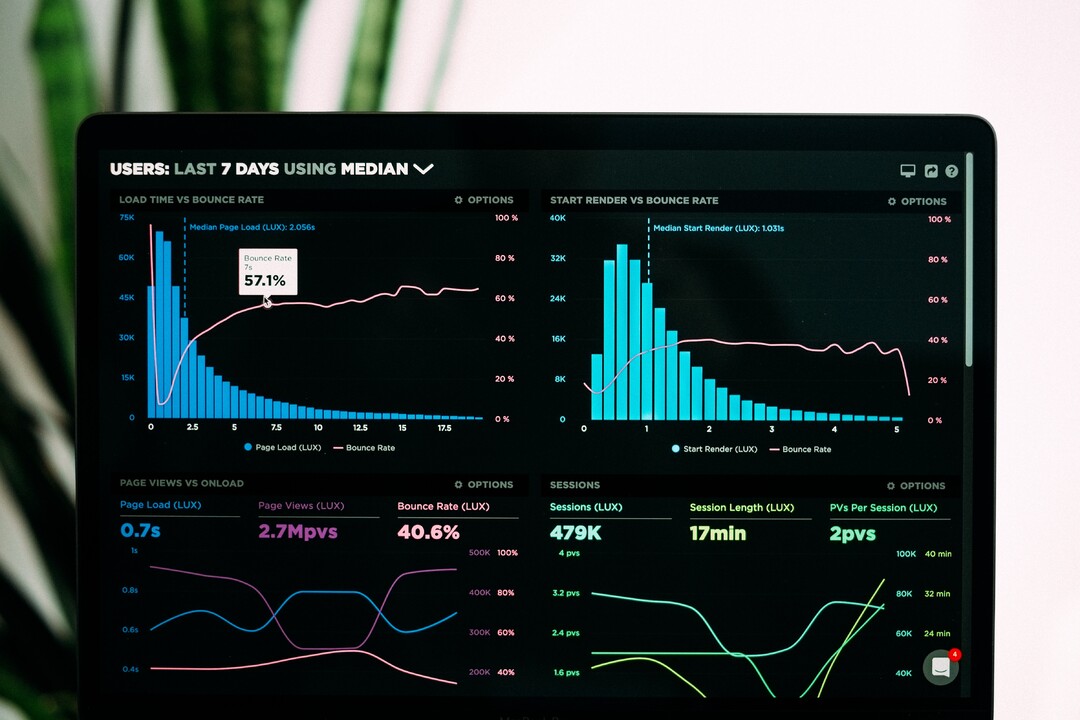Blog
Use of Transfer Learning in Early Pneumonia Detection
Published February 16, 2023Transfer learning is a technique in machine learning where a pre-trained model is used as a starting point for a new task, rather than training a new model from scratch. It is beneficial for disease detection because it can leverage the features learned from a large dataset to improve the accuracy of smaller datasets, leading to faster and more efficient diagnosis.
Now, let’s apply this concept to detecting diseases like pneumonia. Traditional machine learning models require large datasets to learn from, which can be a challenge in the medical field where data is often scarce or private. But with transfer learning, we can take advantage of pre-trained models that have already learned complex features from huge datasets of images. By fine-tuning these models on smaller datasets of medical images, we can achieve higher accuracy and faster diagnoses.
Analysis of the trend of internet usage in Nepal
Published February 16, 2023Since the introduction of the Internet in 1993 in Nepal, the country has witnessed the exponential growth of the internet in the last decade, especially in the 2010s. With the increase in digitalization, the internet has become the most essential tool in diverse sectors all over Nepal. And especially after the proclamation of the Federal Democratic Constitution in 2015 AD, the Internet became vital for services in government and most of the commercial sectors. It was during this period that social media also became increasingly popular, and with the introduction of smartphones, the platform has exploded. One of the most prominent examples is that of the Tik Tok. In the last two years, the percentage of internet users who responded to using TikTok rose from 3% to 55%. Last but not least, according to Google Trends, Nepal is the second most searched country for “chatGPT” terms.
Nepali workers might have lost $100M in 2020 due to lack of digital skills
Published December 15, 2022
Performing a Mann-Kendall Trend Test for Temperature Data in Python
Published August 29, 2022Ashma Subedi recently completed her Masters in Environment Science from Kathmandu University. She loves solving environment problems using data science and machine learning, especially time series analysis.
Use of Python in the biological environment- Prey Predators Equation (Lotka–Volterra model)
Published May 23, 2022Ashma Subedi recently completed her Masters in Environment Science from Kathmandu University. She loves solving environment problems using data science and machine learning, especially time series analysis.
Go Beyond CSV: Data Ingestion with Pandas
Published April 16, 2022Mala Deep is a Business Intelligence Consultant, and community focused data citizen.
Basics of Multiple Linear Regression using R
Published April 15, 2022
How DataCamp and Code for Nepal helped me learn data engineering for free
Published April 06, 2022Mala Deep is a Business Intelligence Consultant, and a lifelong learner. He likes to blog and share his love for data.